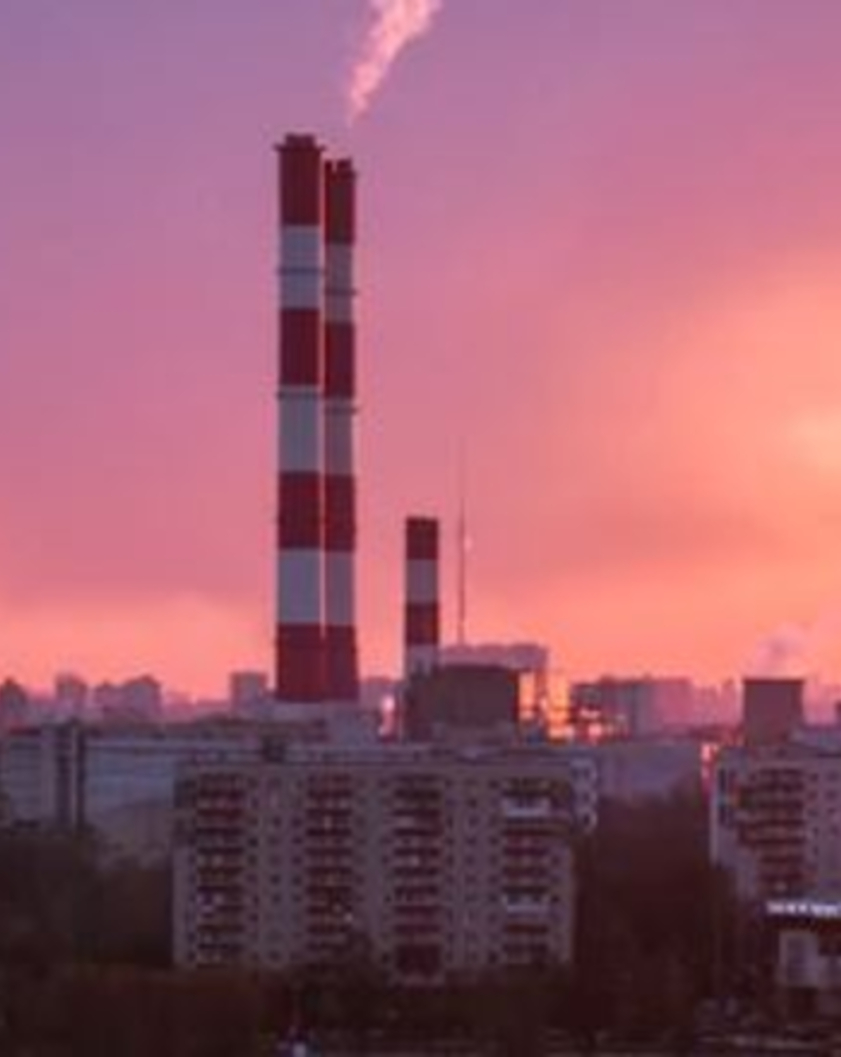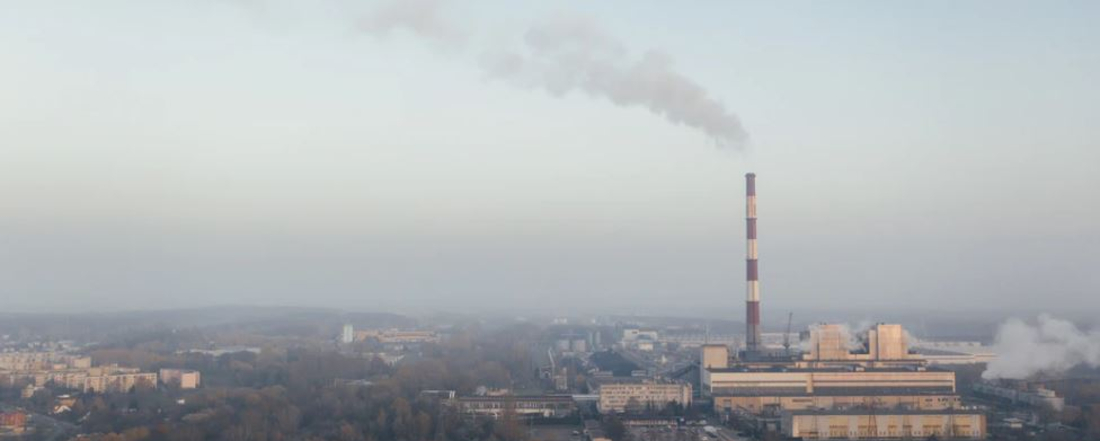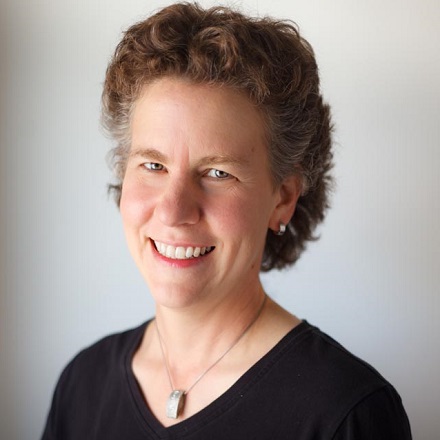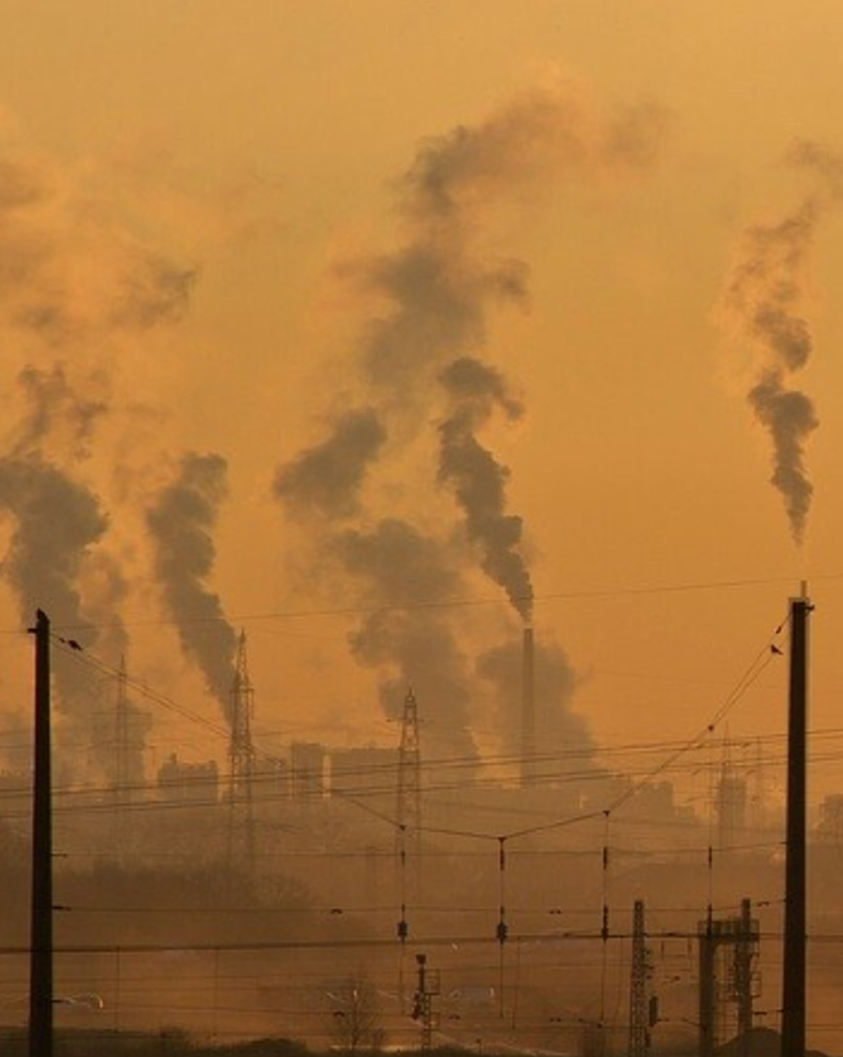
Press Release
Study Probes Links Between Air Pollution, Race and COVID-19
-
Focus Areas
Environmental Health, Healthy Communities -
Expertise
Research – Quantitative -
Programs
Tracking California -
Strategic Initiatives
COVID-19

Communities of color in more polluted areas may face greater COVID-19 risks
Oakland, CA – As evidence mounts that African-American and Latino communities are experiencing higher risks from COVID-19, there is an urgent need to examine the role that longstanding unequal exposures to health hazards play in relation to COVID-19 risk. Now research by the Public Health Institute (PHI) and the University of California San Francisco (UCSF) will assess, for the first time, how air pollution combined with racial health inequities contributes to the greater threats from the novel coronavirus seen in communities of color and other vulnerable communities in California.
The study, funded by the California Air Resources Board (CARB), will look at air pollution exposure and its association with the COVID-19 outbreak at the census-tract level in relation to coronavirus cases, case severity and death rates. The researchers hypothesize that people in areas with worse air pollution will have higher case and death rates and more severe illness than residents of areas with better air quality.
Earlier this year a preliminary report from Harvard researchers looked at COVID-19 and air pollution nationally and found that areas with poor air quality had higher COVID-19 death rates.
The study seeks to update and extend the Harvard study in several ways:
- Using census-tract-level data, as opposed to county-level data, to identify more precise neighborhood local conditions.
- Collecting data on four air pollutant chemicals: PM2.5, PM10, nitrogen dioxide (NO2) and ozone. In a recent EU study, 78% of COVID-19 cases were in regions with high NO2 levels.
- Identifying short-term and long-term air quality issues. Since short-term air pollution can trigger certain respiratory health problems, the study will look at air quality issues just before COVID-19 as well as historic pollution inequities, and will include COVID-19 case numbers and hospitalizations as well as death rates.
- Including information on many other relevant variables, including age, medical conditions, residential density, and other factors.
The data from California, the most populous state in the U.S., with the greatest environmental disparities, may have national implications for the COVID-19 crisis.
“Exposures to air pollution may explain some of the differences we are seeing in COVID-19 severity in communities of color,” said Dr. Gina Solomon, a program director at PHI and member of the study team. “With this study we hope to provide information that can help decision makers direct resources for fighting COVID-19 to those who face the greatest risks.”
Nationally evidence shows that Black Americans are dying from COVID-19 at more than double the rate of white Americans. While Black people make up only about 13% of the U.S. population, they account for 22% of COVID-19 deaths, according to the COVID Tracking Project. A Los Angeles Times analysis of California data in late April showed that Black and Latino Californians are dying more often from COVID-19 than whites, relative to their share of the population. Native Hawaiian/Pacific Islanders in California have a rate of COVID-19 infections nearly four-fold higher than the statewide average.
“African-Americans in California have disproportionately suffered from dangerous air pollution exposures for decades,” said LaDonna Williams of All Positives Possible, an environmental justice organization that serves South Vallejo and other surrounding disadvantaged frontline communities. “This study is important as we know breathing in air pollution weakens the lungs and we must find out how this exposure may be selectively subjecting black Californians to more COVID-19 infections.”
Air pollution exposure directly causes cardiovascular disease, stroke, and premature death, all of which are also linked to COVID-19. Communities of color and low-income areas are at greater risk, since they are more likely to be areas where polluting industries, highways and other sources of air pollution predominate. A nationwide EPA study in 2018 found that facilities emitting dangerous particulate air pollution disproportionately impact low-income communities and communities of color, with historic racial and economic inequities cited as major factors in the unequal health impacts from air pollution. In 2019 the Union of Concerned Scientists found that in California, African Americans and Latinos on average are exposed, respectively, to 43% higher and 39% higher rates of particulate air pollution than white Californians.
Find out more
Work With Us
You change the world. We do the rest. Explore fiscal sponsorship at PHI.
Support Us
Together, we can accelerate our response to public health’s most critical issues.
Find Employment
Begin your career at the Public Health Institute.


